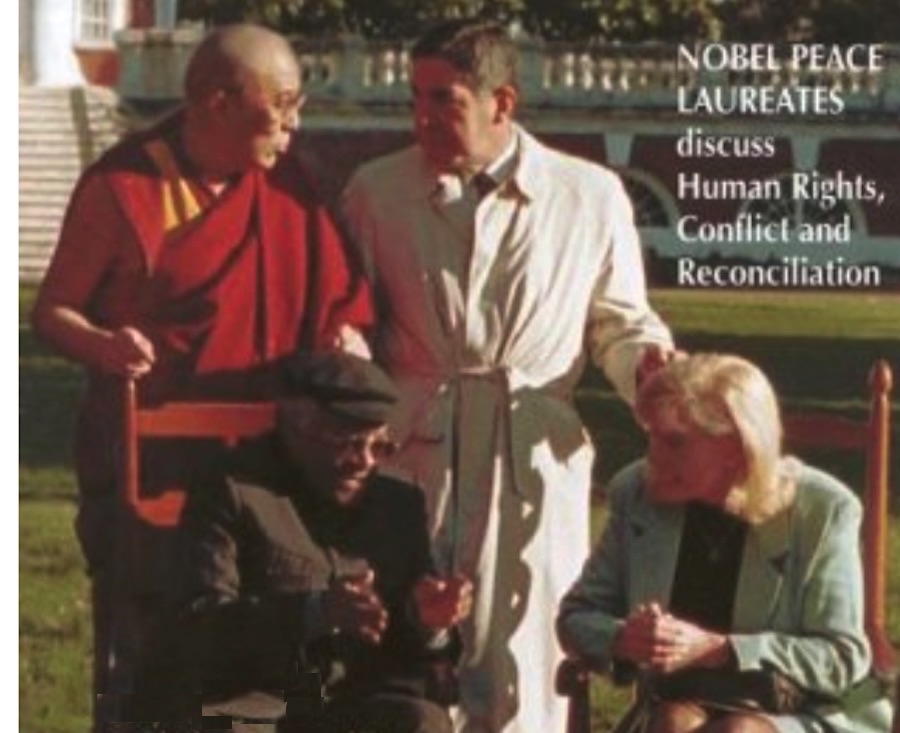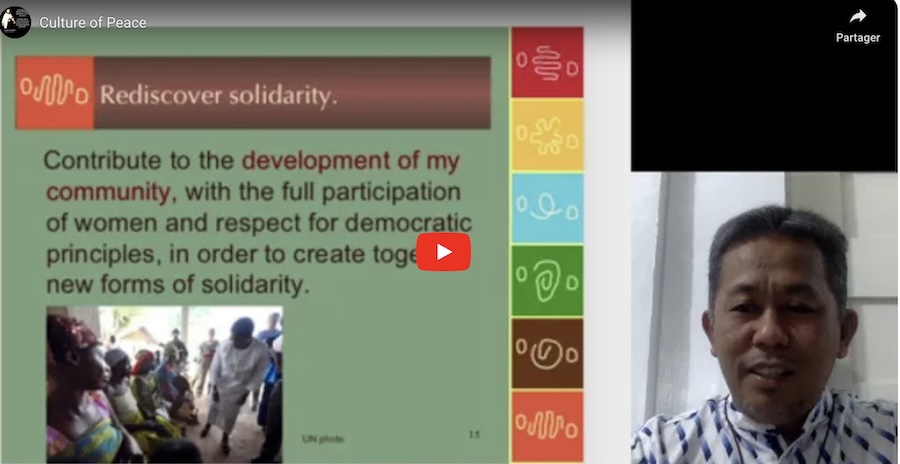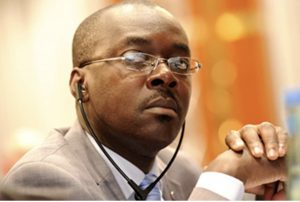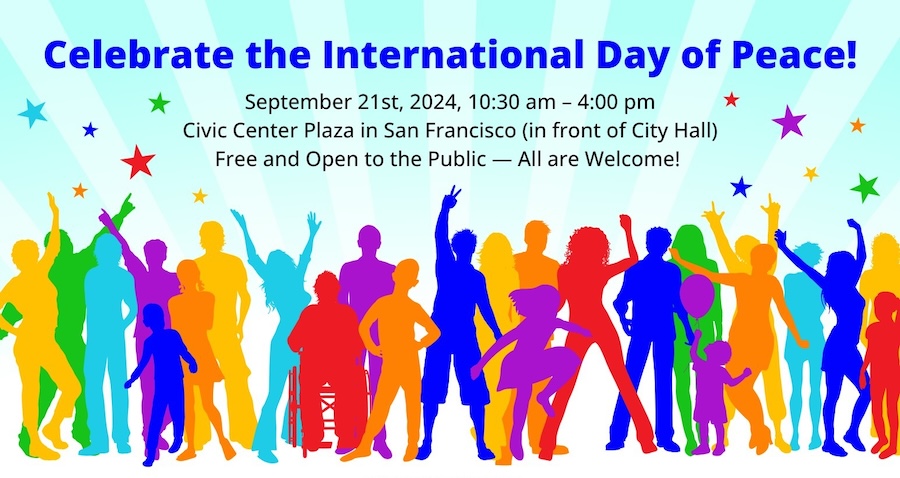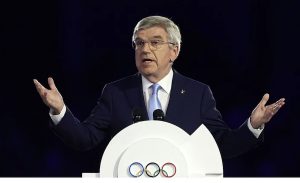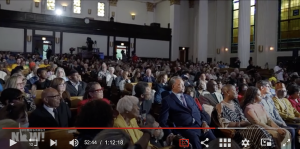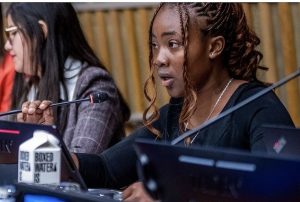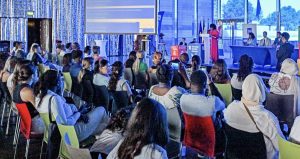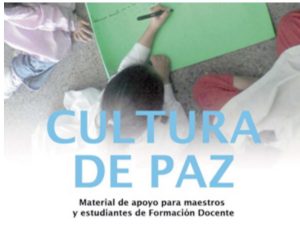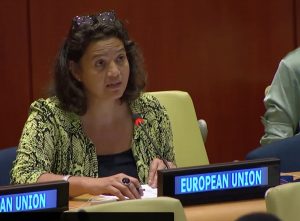. TOLERANCE & SOLIDARITY .
An article from the website of We are BRIG
The recent far-right riots and violence in the UK, particularly following the tragic attack in Southport, have sparked outrage and concern among anti-racism groups and community leaders. Here’s a summary of the key statements from BRIG, Kings Heath United Against Racism, and Patrick Vernon, which collectively address the issue of ongoing racial injustice and the rise of far-right extremism in the UK.
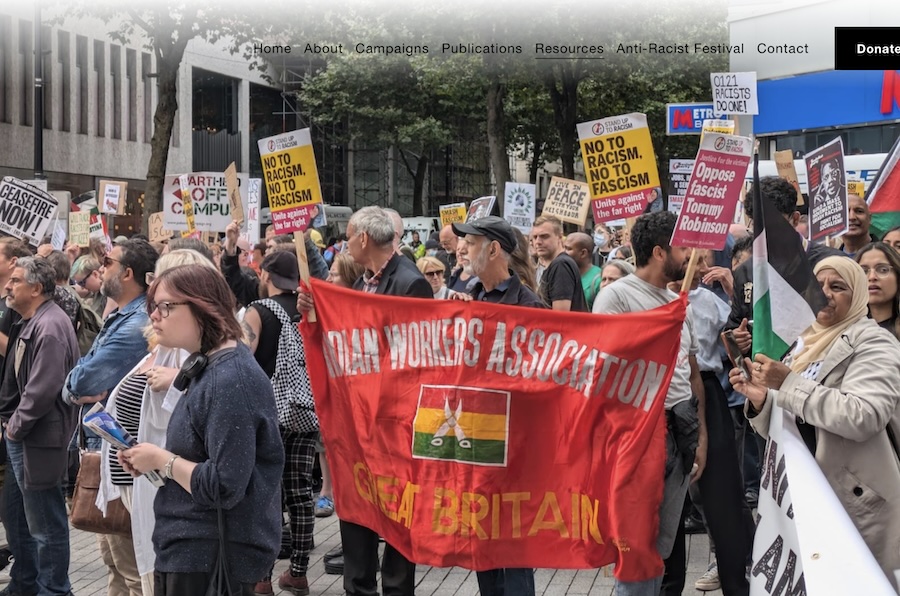
Speech by Mukhtar Dar on behalf of Kings Heath United Against Racism
Brothers, Sisters, Comrades—
Firstly, I extend my deepest condolences to the families and friends of the three young girls murdered in the horrific knife attack, and to those who are critically injured. I also wish to pay special tribute to the heroes who confronted the attacker. My solidarity goes out to the people of Southport, particularly the Muslim community whose mosques came under siege, to the refugees who were attacked in their hotels, and to all those communities across the country—White, Black, Asian, African, Caribbean—who are standing firm against those who seek to exploit these tragic murders.
We gather here not merely as individuals, but as a force of history—a moral majority that stands unwaveringly on the side of justice, truth, and equality. We are the embodiment of hope, love, and unity. Our hearts beat as one, and in this dark hour, we stand resolute against the forces that seek to tear us apart, to make us forget our shared humanity.
We are confronted by those who thrive on division, who feed on hatred. These forces—whether driven by fascism, nationalism, or populism—seek to drive a wedge between black and white, Muslim and Christian, gay and straight, able and disabled, migrant and native. But let us remind them, let us remind the world: we are all migrants. Every single one of us. Our DNA tells the story of our ancestors’ journeys out of Africa, weaving the tapestry of migration that has shaped human civilization across Asia, Europe, Australasia, and the Americas.
The United Kingdom itself is a living testament to this migration, a vibrant mosaic of dreams and struggles from across Europe and beyond. The story of Birmingham, like that of many cities, is a story of migration—of people moving from hamlets and villages, of the Irish, of our parents from the former colonies, who came here to rebuild the ‘motherland’ after the ravages of war. We, together, built this city—a city of resilience, of hope. And when the likes of Tommy Robinson and his band of bigots speak of Christianity, let us remind them: Jesus was a migrant seeking refuge, a symbol of compassion and solidarity for all humanity.
Brother and sisters, this is not a race war. This is not a religious war. This is not merely a struggle for the Muslim community, or for refugees. No, this is a righteous struggle that calls upon each of us to take our positions in the ranks of our people’s struggle. This is a battle against the far-right forces rising across Europe, against the spectre of fascism, against the insidious seeds of bigotry, racism, and Islamophobia. This is a battle against the most reactionary, divisive, and backward forces humanity has ever faced—and yes, defeated.
(continued in right column)
Question related to this article:
Are we making progress against racism?
(continued from left column)
We have defeated them before. Our movement’s history is rich with victories over these forces of darkness. We defeated them at the Battle of Cable Street, where ordinary British workers stood shoulder to shoulder with the Jewish community and said, “No pasaran—they shall not pass.” We defeated them in the ghettos of Walsall, where unity and resilience sent a powerful message. Our communities, the African Caribbean and Asian communities alongside our white comrades from the labour and trade union movement fought them in the streets of Lewisham, in Brick Lane, in Manningham, in Southall, in Handsworth. Each time, we stood together, and each time, we prevailed.
But, my friends, the struggle is far from over. Today, the far-right, emboldened by the likes of Reform UK and Tommy Robinson’s Street brigade, offer no solutions aside from scapegoating, creating divisions, and preaching death and destruction. We must oppose them with every ounce of strength we possess. We must confront them in the streets and in the battle of ideas. Our arguments must be rooted in justice, in compassion, in our shared values, and in the truth that we are all one.
Yet, let us not forget those who empower these forces with their reckless racist rhetoric. We must challenge and expose the politicians who speak of ‘stopping the boats’ and other dog-whistle tactics that create fertile ground for the far-right to grow. Their words fan the flames of division and fear, providing a veneer of legitimacy to those who march through our streets with hate in their hearts. It is not enough to denounce the far-right; we must also hold accountable those in power who enable their rise.
From Southport, Rotherham, and Middlesbrough, to over 60 cities and towns, the far-right and their supporters openly rampaged, terrorising our communities, attacking our homes, our mosques, setting alight our cars, setting up roadblocks, singling out Asian, African, and Caribbean taxi drivers, pulling them out of their vehicles. In many places, the police stood by indifferent and allowed it to happen. This was not just violence; this was a pogrom. There are no legitimate grievances here, no excuses of deprivation. These were not race riots but racist riots by violent, lying racists who demonise Muslims while hiding behind a false patriotism and reactionary nostalgia for a bygone all white era.
History teaches us an unshakable truth: we must organise, we must unite, we must mobilise. Across cities, towns, and villages, let us bridge our divides to build a massive united front to defeat both state racism and fascism. Let us forge a coalition so strong, so determined, that it will consign the likes of Nigel Farage, Tommy Robinson, and their poisonous ideologies to the dustbin of history.
We are not alone, for history is on our side. We stand as the embodiment of hope, the champions of love, and the bearers of justice. We are the light that will drive out the darkness, the voices that will speak for the voiceless. So let us, united as one, reclaim our streets and our future. In our unity, there is strength; in our diversity, there is beauty; and in our solidarity, there is hope.
Together, we will rise above hate. Together, we will build a brighter tomorrow for all. We will invest the fruits of our labour not in wars, but in progress, ensuring that the wealth we create is shared by the many, not hoarded by the few. We are the defenders of the dream that all people—regardless of race, religion, gender, or background—can live in harmony and equality. Let us show the world that our unity is our strength, that our diversity is our power. Together, we will rise. Together, we will resist. Together, we will prevail.
“Make them gwan, make them run—Chase the fascists out of Brum!”
(Editor’s note: Thank you to Joe Yannielli, the CPNN reporter for this article.)
– – – – – –
If you wish to make a comment on this article, you may write to coordinator@cpnn-world.org with the title “Comment on (name of article)” and we will put your comment on line. Because of the flood of spam, we have discontinued the direct application of comments.

